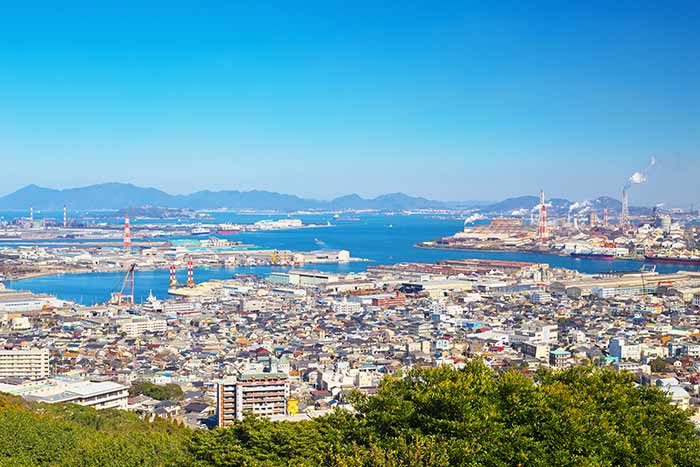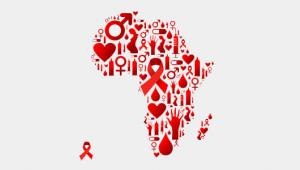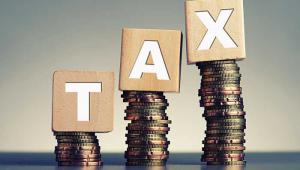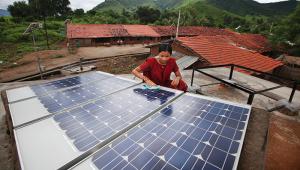web_kitakyushu_shutterstock_425705368.jpg

Kitakyushu, Japan has reclaimed its blue skies and waters after severe pollution from the 1960s onwards led to high levels of smog and water contamination in the bay, which became known as the 'Sea of Death' as a result.
The cities – Kitakyushu, Kobe, Toyama and Yokohamam – were chosen for their experience and ability to find solutions to challenges in areas including green growth, earthquake risk management and compact and smart city development.
Ede Ijjasz-Vasquez, senior director of the World Bank’s social, urban and resilience global practice, said the cities vary in size, meaning their solutions will “resonate” with everyone from officials in small cities and towns to mayors of mega-cities.
The selection of the four cities kick starts a new City Partnership Programme (CPP) set up as part of an ongoing collaboration between the bank and Japanese government to share experiences.
The CPP will see the selected cities collaborate with the bank to conduct joint research, identify good practices, share knowledge and experience and identify opportunities to link Japanese expertise with projects in developing countries.
Development officials from around the world will travel to Japan under the programme to learn from the selected cities through conferences, study tours and peer-to-peer learning workshops.
Beforehand, the bank will work with relevant agencies in the selected cities to document “practical ‘how to’ experience guides”, knowledge notes, case studies, toolkits and good practice guides that will serve as the basis for learning and knowledge-sharing activities.
In Kitakyushu, for example, officials from developing countries will be able to take away experiences from a city that has completely transformed itself in terms of environmental sustainability.
Amid Japan’s rapid economic progress in the 1960s, Kitakyushu grew into one of the four largest industrial zones in Japan and also one of the most polluted.
Today, collaboration between local government, the private sector and residents has helped Kitakyushu transform, winning a number of United Nations awards and striving to become the “world capital of sustainable development”.
Kobe will share the best practice it has developed following a devastating 6.9 magnitude earthquake that struck in 1995, killing over 6,000 people and destroying the city’s buildings and infrastructure.
The World Bank said that across Japan, a number of cities offer “world-class and unique ‘best-practice’ experiences and solutions” on a variety of challenges, and additional cities are expected to be added in future.
The project will mark the first time the World Bank has formed partnerships with municipal governments in Japan. Memorandums of understanding will have to be signed before the project can begin.













